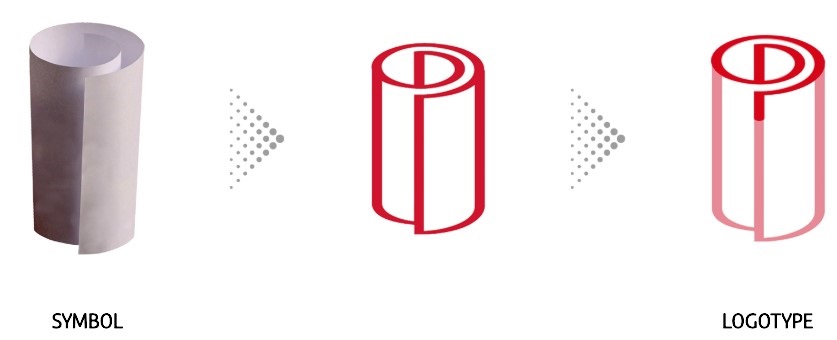The story of our logo (Part 2)
Did you consult Wikipedia or browse through the “Our Identity” section of our website? Great! Then, you discovered that a rolled parchment paper (scroll) is the inspiration behind the “P” of our logo. You probably also learned that scrolls evolved from traditional animal skin parchment and that the Magna Carta was written on this material.

Parchment paper: bridging tradition and innovation
We see the rolled parchment (scroll) as a great source of inspiration for two key reasons. First, because it represents both the origins and the future of our business. Second, because it has proven to endure the test of time.
Historians believe that scribes were using traditional parchment as early as the 24th century BC. And, thanks to its strength, we have been able to preserve invaluable historical documents like the Magna Carta, written thousands of years ago. Today parchment is still used as a writing material, especially by artists. In addition, parchment continues to have other applications like the production of musical instruments and furniture.
Given the role it has played in history, we associate a rolled parchment with knowledge, growth, evolution, and expansion; all concepts Pergamy identifies with. In fact, one of the most common uses of the term “parchment” nowadays is as the legal document you receive when your university confers your degree.
If you are a history fan or are simply curious to know the origins of parchment, tune in to our next post.
In the meantime, we have a bit of parchment trivia for you.
The scholarly fact:
Did you know that the University of Glasgow still uses goat parchment for its degree certificates? Up until 2011, the University of Notre Dame (USA) also offered diplomas in sheepskin parchment. However, Notre Dame switched to paper due to high costs of sheepskin.
The legal fact:
Did you know that up until a couple of years ago, official copies of Acts of the UK Parliament were still printed and preserved on animal skin? Parliament also adopted paper to curb costs.
The scientific fact:
Did you know that parchment contains DNA from the skin of cows and sheep that were used to make it hundreds of years ago? Scientists believe this DNA could provide clues about the origins of each manuscript and of the history of agriculture and herding.
The conversation-starter fact:
Did you know that even after Chinese paper came to Europe via Arab traders, people would still use typing machines on skin parchments? This was the case because of difficulties in the manufacture of wood-based paper and concerns with regards to its durability.


Leave a Reply
Want to join the discussion?Feel free to contribute!